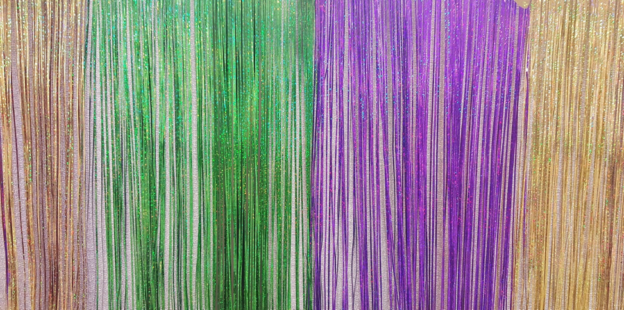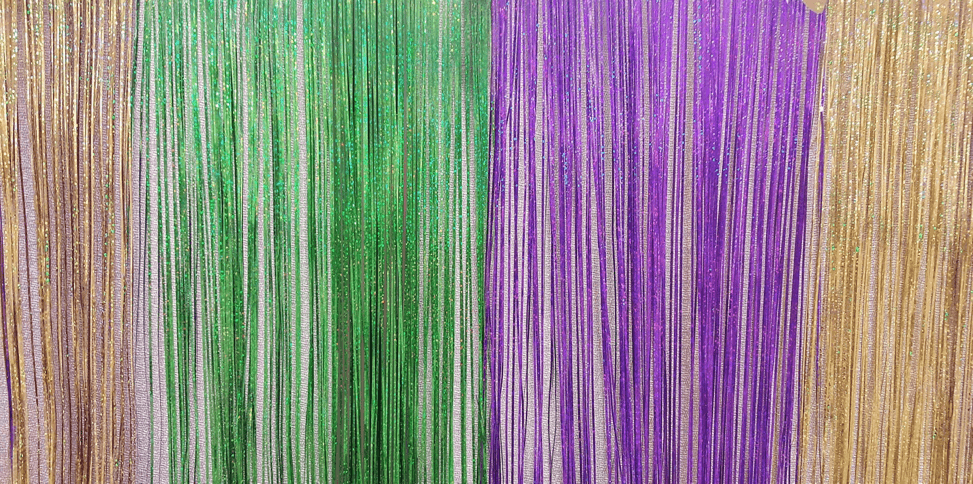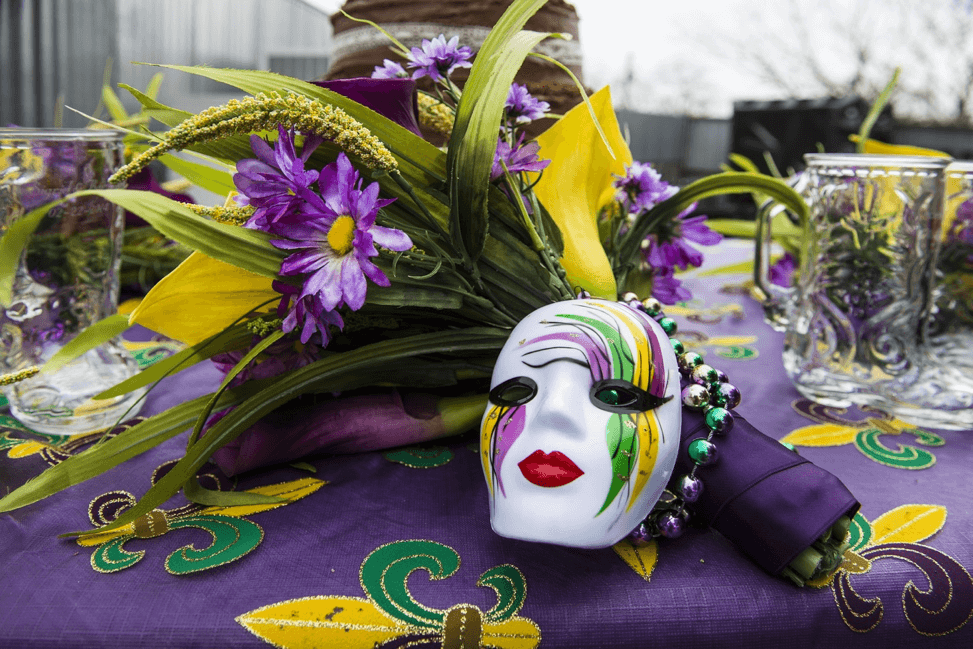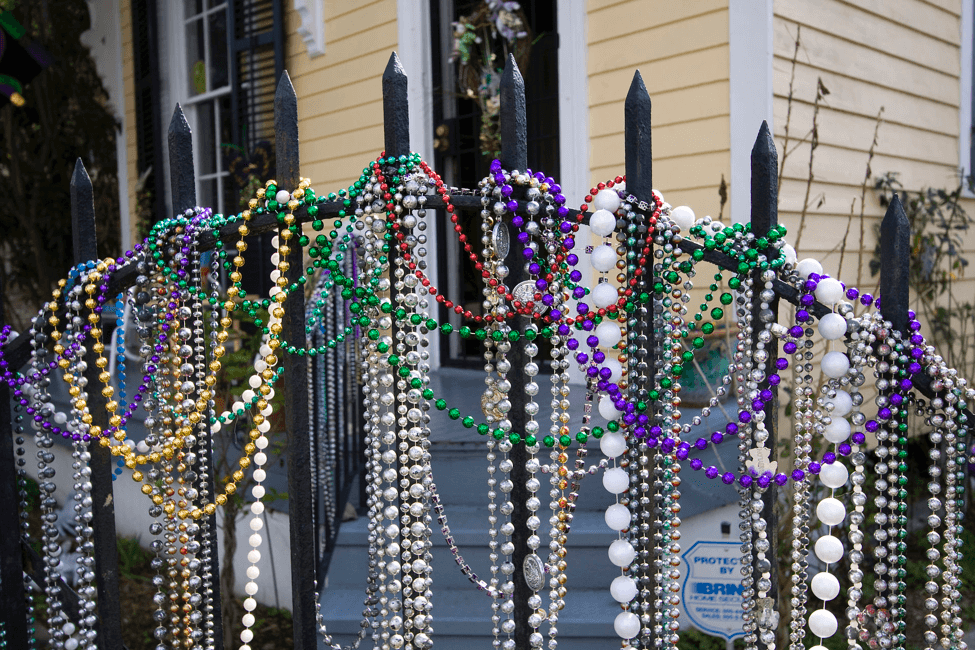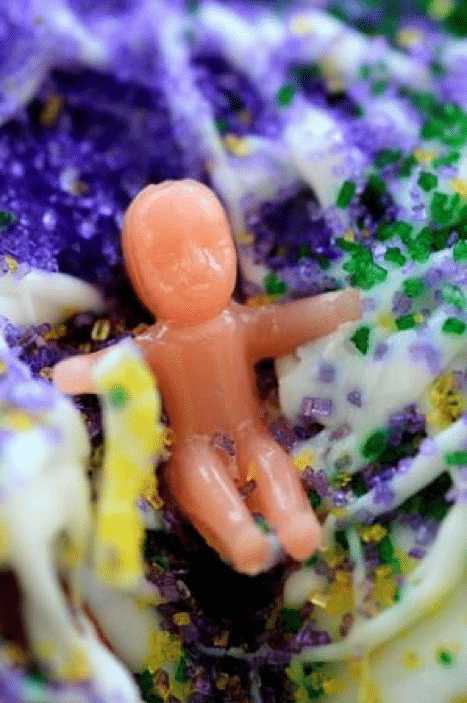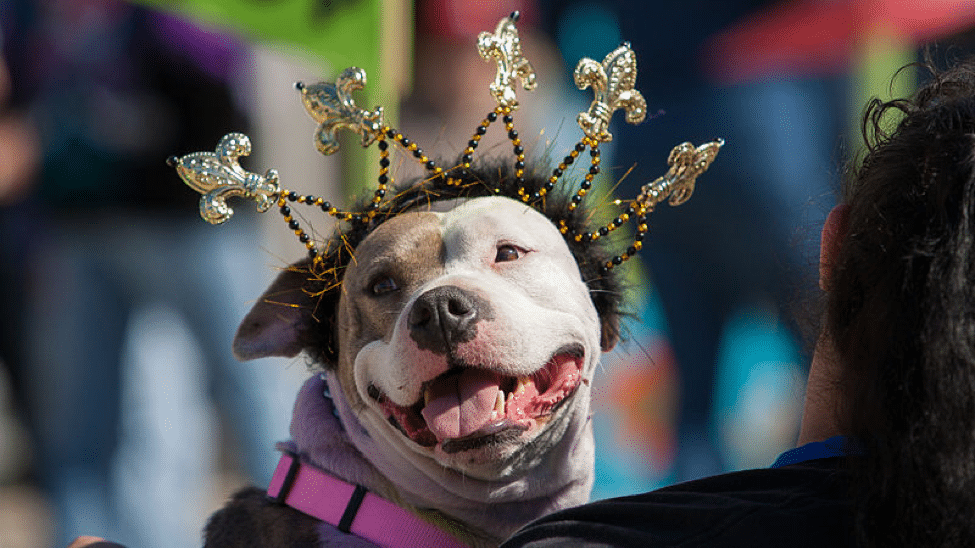At Old World Stoneworks, we love any excuse to decorate. And this month, Mardi Gras provides us the perfect excuse. But if you’ve never lived in New Orleans or another place where people celebrate this annual holiday, you might be a bit lost. So here’s our introduction to the meaning and symbols of Mardi Gras.
Origin
Historians trace celebrations of Mardi Gras – the last day before the Lenten season –back to medieval Europe. The French brought the tradition to the New World. But contrary to popular belief, New Orleans wasn’t the first place in the New World to celebrate Mardi Gras. Fort Louis de la Louisiane, now known as Mobile, Alabama, hosted its first Fat Tuesday party in 1704, more than a decade before New Orleans was founded. Mobile escalated its celebration every year. Soon it featured a secret society and a parade with a giant bull’s head on wheels.
New Orleans later took over as the epicenter of Mardi Gras in the New World. Louisiana governor Marquis de Vaudreuil started the tradition of fancy-dress balls in the early 1740s. The 1850s saw the first floats in parades. Both the balls and the floats continued, getting more elaborate every year. In 1872, Russian Grand Duke Alexis Romanoff visited New Orleans during Mardi Gras. In honor of this noble visitor, a group of businessmen deemed purple, green and gold – the Romanoff family colors – the official colors of Mardi Gras. In 1875, the Mardi Gras Act made Fat Tuesday an official legal holiday.
Decorating your hearth and home:
So now you know a little background, and you realize your mantel will need a backdrop of green, gold and purple. Keep in mind that Mardi Gras is not an understated holiday. Glitter and metallic are mandatory.
To decorate your mantel – and any other possible surface – consider some of the following elements or motifs:
Masks:
Originally, masks helped New Orleanians escape social constraints by concealing their identities. Masks are still popular for Mardi Gras revelers, and mandatory for those riding on floats.
Beads:
The first Mardi Gras beads were made of glass, which wasn’t so good for throwing from floats. Nowadays, they’re plastic and come in an array of metallic colors. Of course, purple, green and gold are the most prevalent.
King cakes:
King cake parties are a fun lead-up to Mardi Gras. The ring-shaped cakes are topped with green, gold and purple sugar. But what really makes them special is the plastic baby representing Christ inside. Whoever finds the baby in his or her slice has the honor of hosting the next king cake party. The little pink babies are a Mardi Gras symbol.
Fleur de lis
: This symbol of French royalty was adopted by early New Orleanians. From invitations to Mardi Gras balls to jewelry to the Saints’ helmets, you see this symbol everywhere.
Your friends at Old World Stoneworks wish you a fun and safe Mardi Gras. Why don’t you send us a photo of your mantel all dressed up for the holiday? We love to hear from those who share our passion for fireplaces and home décor.

